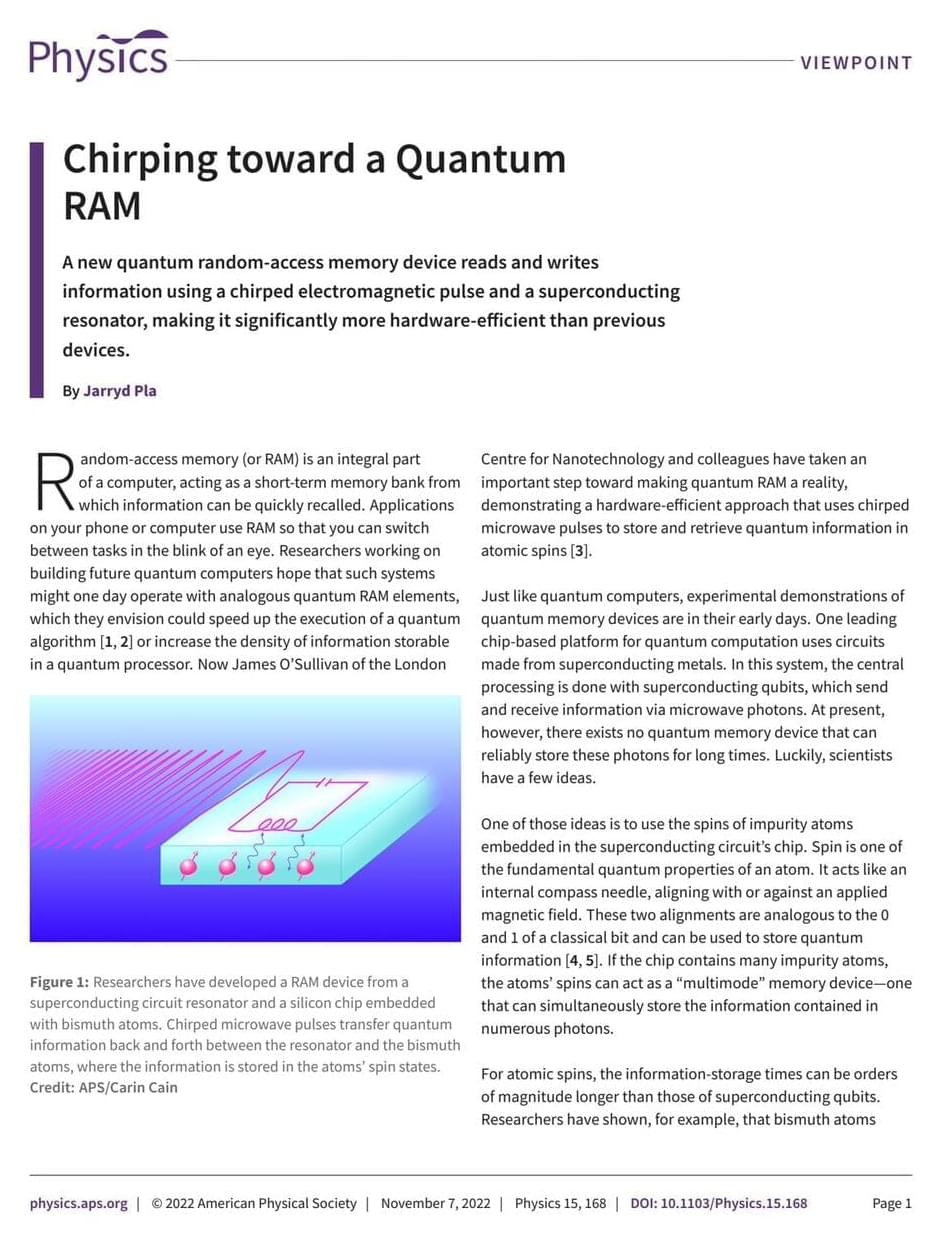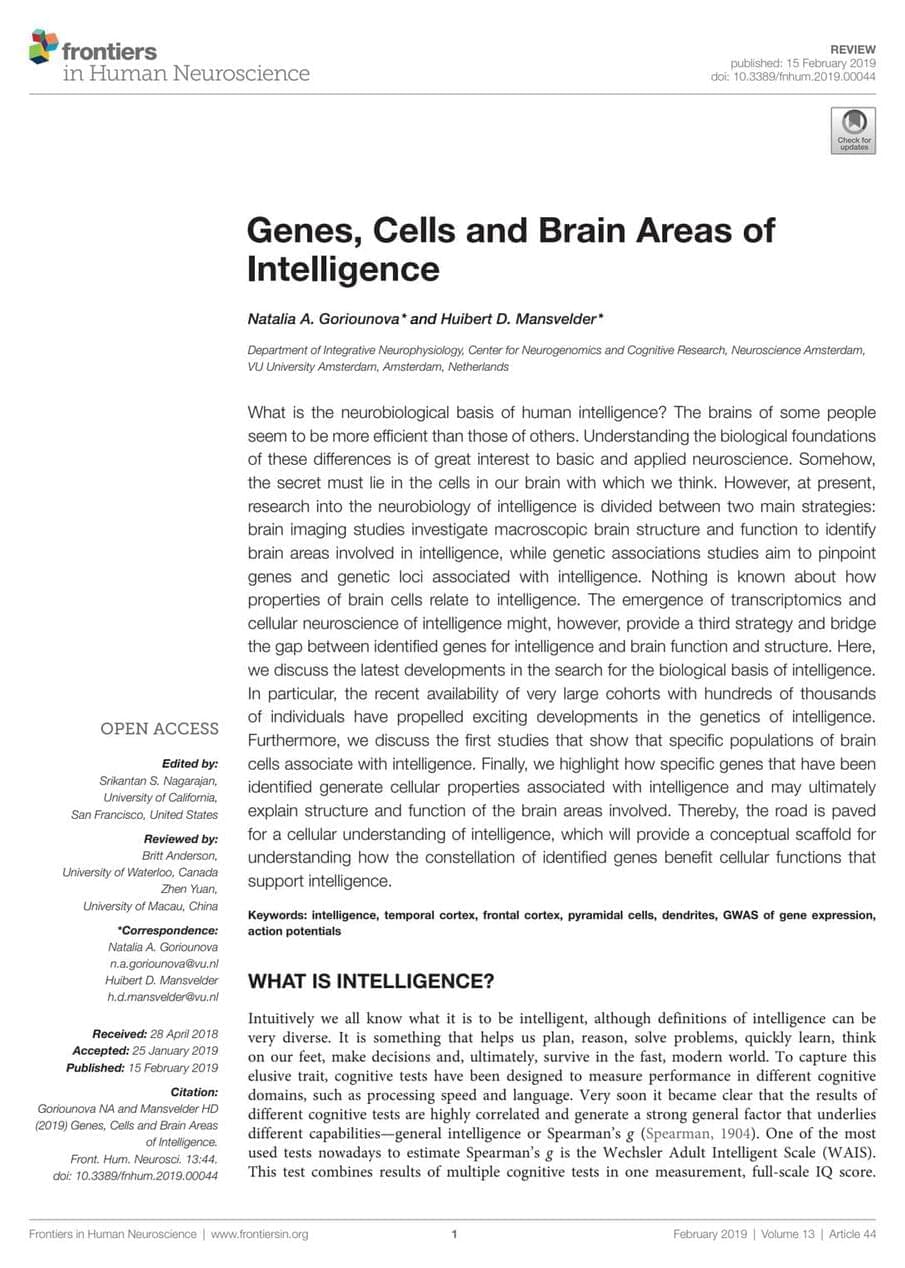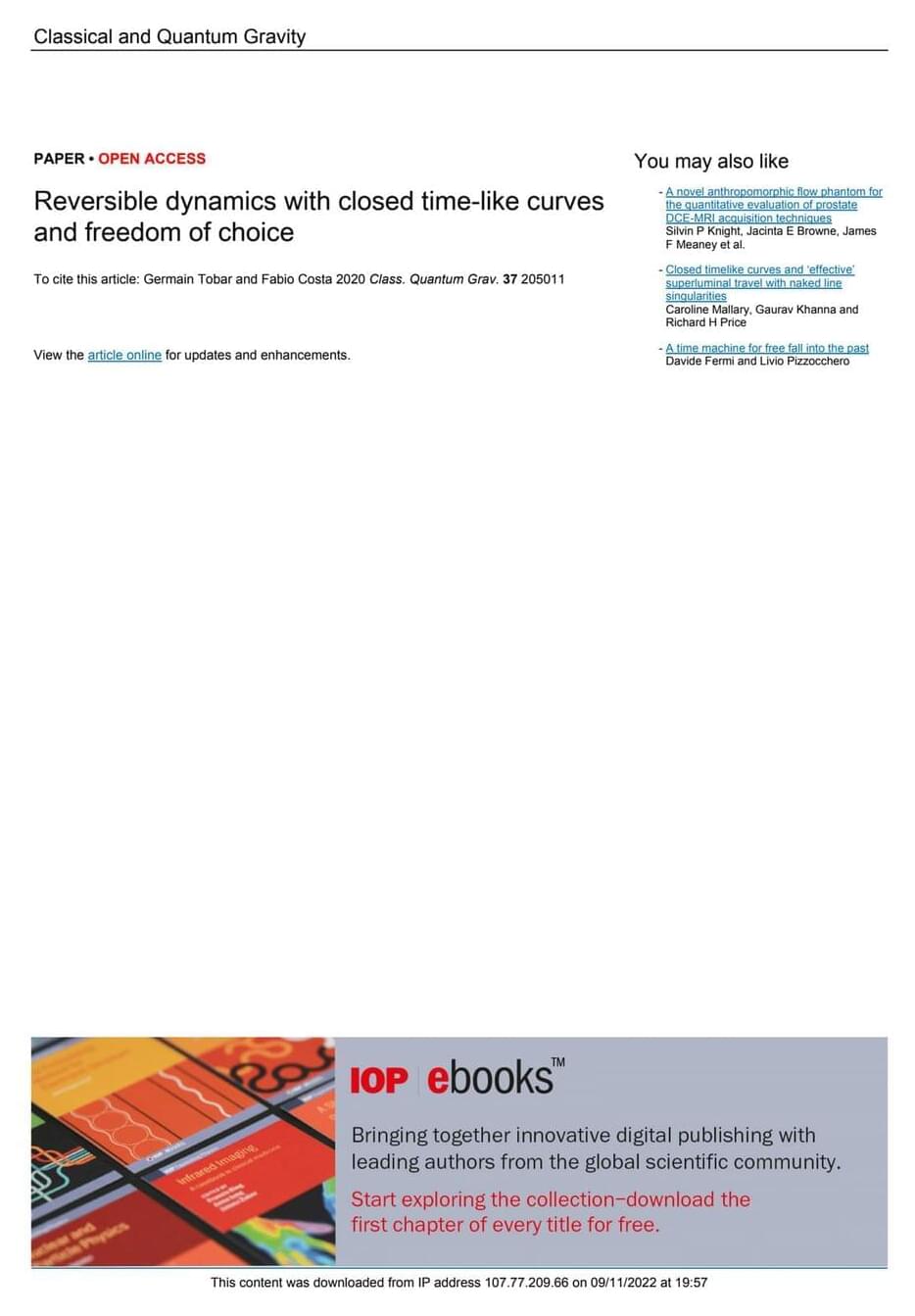Every minute of every day, your body is physically reacting, literally changing, in response to the thoughts that run through your mind.
It’s been proven over and over again that just thinking about something causes your brain to release neurotransmitters, chemical messengers that allow it to communicate with parts of itself and your nervous system. Neurotransmitters control virtually all of your body’s functions, from hormones to digestion to feeling happy, sad, or stressed.
Studies have shown that thoughts alone can improve vision, fitness, and strength. The placebo effect, as observed with fake operations and sham drugs, for example, works because of the power of thought. Expectancies and learned associations have been shown to change brain chemistry and circuitry which results in real physiological and cognitive outcomes, such as less fatigue, lower immune system reaction, elevated hormone levels, and reduced anxiety.







